5 October, 2015 Kathmandu : The World Habitat Day 2015 has been celebrated organizing various activities on the theme ‘Public Spaces for All’ throughout the country.
The United Nations has designated the first Monday of October of every year as World Habitat Day. The purpose of World Habitat Day is to reflect on the state of our towns and cities, and on the basic right of all to adequate shelter.
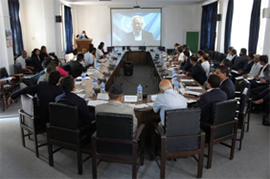
“The government will formulate stringent rules to promote the creation of open spaces and its maintenance. In order to establish adequate public open spaces accessible to all, it requires a clear roadmap and support from all stakeholders concerned” said Mr. Narayan Khadka, Minister for Urban Development at the inaugural session of a half-day workshop on the same theme today.
Highlighting the values and importance of public open spaces, Professor Sudarshan Raj Tiwari stressed on the need of pedestrianization of streets and open spaces to create vibrant cities.
Four presentations on different aspects of public space management and conservation were made by experts at the workshop. Padma Sunder Joshi, Habitat Program Manager at the United National Human Settlements Programme in Nepal made his presentation highlighting the importance of community engagement in creating public spaces not just the design.
Yek Raj Adhikari, Architect from Department of Urban Development and Building Construction (DUDBC) made a presentation on the government plans to build 10 new towns (e.g. Phidim, Dumre-Bhansar, Sanphe Bagar) at the junction of Middle Hills and the provisioning of public open spaces. Other presenters at the workshop were Pushkar Shrestha from Centre for integrated Urban Development and Om Thapaliya of HomeNet Nepal.
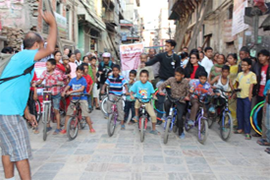
On the same occasion, Kathmandu Metropolitan City and UN-Habitat along with local organizations organized a day long campaign ‘KTM Walks’ along Kilagal Nardevi stretch and in Itumbahal to promote walkability and different uses of public spaces. Hundreds of people participated in the campaign and observed traditional arts and artifacts including traditional Newari music and dances.
This campaign is expected to boost government’s plan to arrange at least one open space for every 25,000 population in the Kathmandu Valley. In order to create additional open spaces, the metropolis has also planned to procure privately owned buildings and land in city’s core areas.
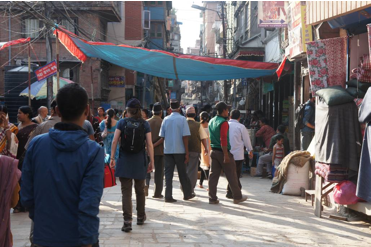 Vehicle free Kilagal-Nardevi stretch
Vehicle free Kilagal-Nardevi stretch
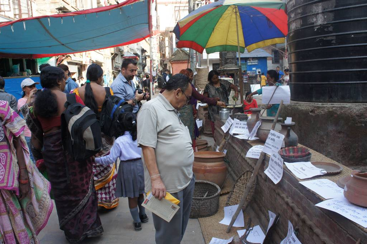 Traditional newari household items on display along the street
Traditional newari household items on display along the street
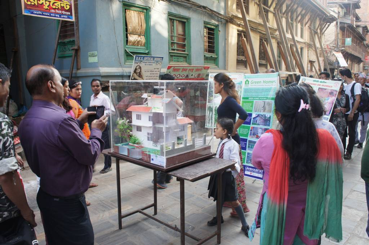 Locals keen at knowing more about green building technologies promoted by UN-Habitat in the event
Locals keen at knowing more about green building technologies promoted by UN-Habitat in the event
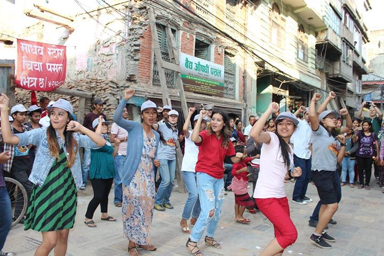 Teenagers doing flash mob in front of Itumbahal. The houses behind are damaged by earthquake but not the minds.
Teenagers doing flash mob in front of Itumbahal. The houses behind are damaged by earthquake but not the minds.
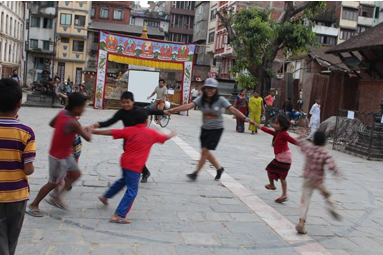 Kids playing in Itumbahal, the traditional courtyard, celebrating Ktm Walks 2015
Kids playing in Itumbahal, the traditional courtyard, celebrating Ktm Walks 2015
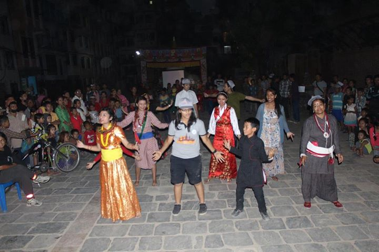 Cultural dance performance in Itumbahal in the late evening
Cultural dance performance in Itumbahal in the late evening
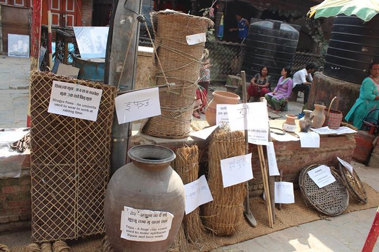 Traditional household items being displayed along the street of Kilagal
Traditional household items being displayed along the street of Kilagal
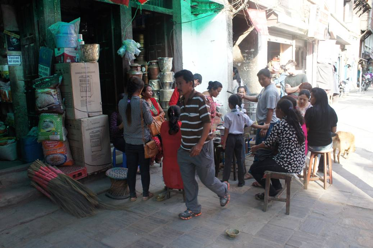 Promoting local economy through local food stalls for visitors during Ktm Walks
Promoting local economy through local food stalls for visitors during Ktm Walks
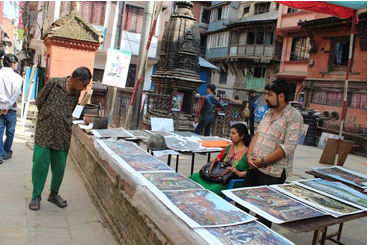 Posters & paintings on display along Kilagal street.
Posters & paintings on display along Kilagal street.
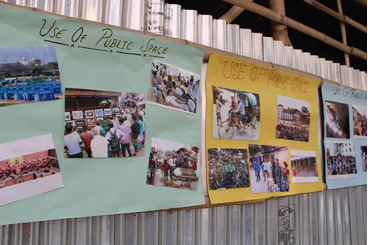 Collage display with a message on use of public spaces.
Collage display with a message on use of public spaces.
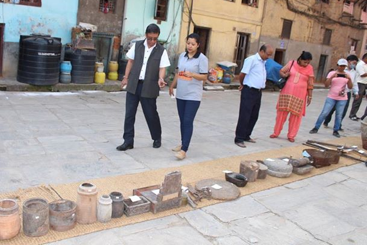 Traditional household and agricultural items were on display in Taha nani that are slowly vanishing from use.
Traditional household and agricultural items were on display in Taha nani that are slowly vanishing from use.
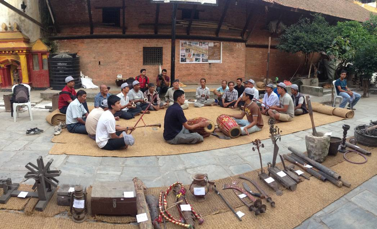 Locals performing traditional orchestra in Taha nani.
Locals performing traditional orchestra in Taha nani.







